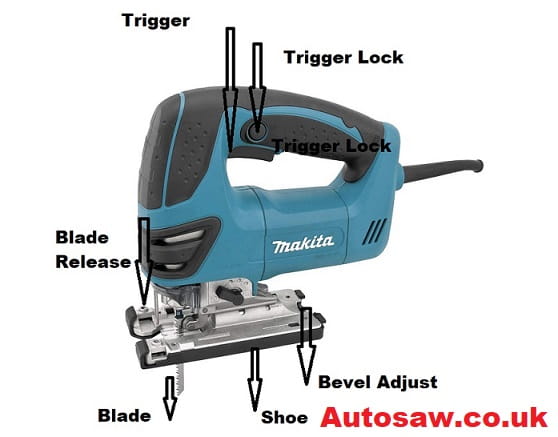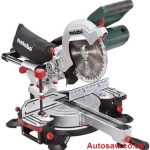As an Amazon Associate, I earn from qualifying purchases.

Framing a jigsaw puzzle is a great way to show off your completed project and to keep the pieces together. In this article, we will show you the best way to frame a jigsaw puzzle.
Contents
How to Frame a Jigsaw Puzzle?
Jigsaw puzzles are a fun and challenging way to spend some time, and they can be a great way to unwind after a long day. If you’re new to jigsaw puzzling, or if you’re looking for some tips on how to frame a jigsaw puzzle here are some helpful pointers.
1. Gather Your Materials
Before you can frame your jigsaw puzzle, you’ll need to gather a few materials:
- A finished jigsaw puzzle
- A mounting board
- Acid-free glue or adhesive sheets
- A frame
- A ruler or measuring tape
- A cutting tool, such as a craft knife or scissors
- A straight edge or T-square
- Optional: a mat board and backing board
2. Prepare Your Puzzle
Before you can mount your puzzle, you’ll need to prepare it. Start by carefully lifting the puzzle off of your work surface, taking care not to damage any of the pieces. Then, flip the puzzle over and apply a layer of glue or adhesive sheets to the back. This will hold the puzzle pieces together and prevent them from falling apart once you mount it.
3. Measure Your Puzzle
Measure the size of your puzzle using a ruler or measuring tape. Be sure to measure both the width and height of the puzzle, as well as the thickness if it’s a 3D puzzle. Make a note of these measurements, as you’ll need them when choosing a frame.
4. Choose a Frame
Choose a frame that’s the same size as your puzzle, or slightly larger if you want to include a mat board. Look for a frame that complements the colors and style of your puzzle. You can find frames at your local craft store or online.
5. Mount Your Puzzle
Cut a piece of mounting board to the same size as your puzzle, using a cutting tool and straight edge or T-square to ensure a straight cut. Then, apply a layer of glue or adhesive sheets to the mounting board. Carefully place your puzzle on top of the mounting board, lining up the edges as precisely as possible.
6. Secure Your Puzzle
Once your puzzle is mounted on the board, it’s time to secure it inside the frame. If your frame comes with a backing board, use it to hold the puzzle in place. If not, you can use acid-free tape or other adhesive to hold the puzzle and mounting board in place.
7. Add Finishing Touches
If you’re using a mat board, now is the time to add it. Cut the mat board to the same size as your frame, and carefully place it over the top of your puzzle. Then, insert the puzzle and mounting board into the frame. Add any other finishing touches, such as a dust cover or hanger, as needed.
8. Hang Your Puzzle
Hang your puzzle on the wall using a picture hanger or other wall mounting hardware. Make sure to choose a secure location that’s not too humid or exposed to direct sunlight, which can cause the puzzle to fade or warp over time.
9. Tips and Tricks
- If you’re having trouble getting your puzzle to lie flat, try using a rolling pin or other object to gently press it
- If you’re using a mat board, make sure it’s acid-free to prevent damage to your puzzle over time.
- When choosing a frame, look for one with UV-resistant glass to protect your puzzle from fading.
- If your puzzle has a lot of loose pieces or is very thick, consider using a shadow box frame to give it more depth.
- If you’re mounting a puzzle with a lot of white space or light colors, consider using a white or light-colored mat board to make the puzzle stand out.
- If you make a mistake while mounting your puzzle, don’t panic! You can carefully remove the puzzle from the mounting board using a spatula or other flat tool, and start over.
Frequently Asked Questions
Can I frame a puzzle that’s already been glued together?
Yes, as long as the puzzle is flat and not warped. Simply follow the steps above, starting with measuring the size of the puzzle.
Can I frame a puzzle without a mounting board?
Yes, but it may be more difficult to keep the puzzle in place. You can use acid-free tape or other adhesive to hold the puzzle directly to the backing board or frame.
How can I protect my puzzle from dust and dirt?
You can add a dust cover to the back of your frame to prevent dust and dirt from getting inside. You can also use a can of compressed air to blow dust off of your puzzle.
Can I hang my puzzle without a frame?
Yes, you can use a puzzle hanger or other mounting hardware to hang your puzzle without a frame. However, this may not provide as much protection for your puzzle.
Can I frame a puzzle that’s missing pieces?
Yes, but keep in mind that the missing pieces will be noticeable. You can try filling in the missing spaces with paper or other materials to make the puzzle look more complete.
Conclusion
Framing a jigsaw puzzle is a great way to preserve and display your favorite puzzles. It can also be an enjoyable and rewarding activity in itself, as you get to see the finished product of your hard work. Framing a jigsaw puzzle requires careful planning and attention to detail, but with the right materials and tools it can be done with relative ease. By following these steps, you can frame your own jigsaw puzzle in no time!





